Victoria City Council unanimously adopts resolution calling for the protection of Vancouver Island’s old-growth forests
Victoria City Council unanimously adopted a resolution on Thursday calling on the BC government to protect Vancouver Island's endangered old-growth forests, starting with a moratoria on old-growth logging, and to work with First Nations, local communities, labour organizations, and industry to pursue a transition to a sustainable, second-growth forest industry!
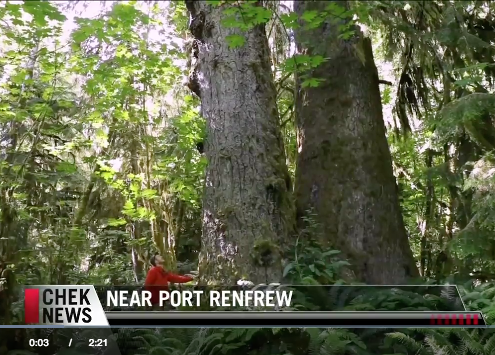
Canada’s ‘most magnificent old-growth forest’ near Port Renfrew
View this CHEK News piece about one of Canada’s most magnificent old-growth forests, Mossome Grove, featuring Ken Wu of Endangered Ecosystems Alliance.
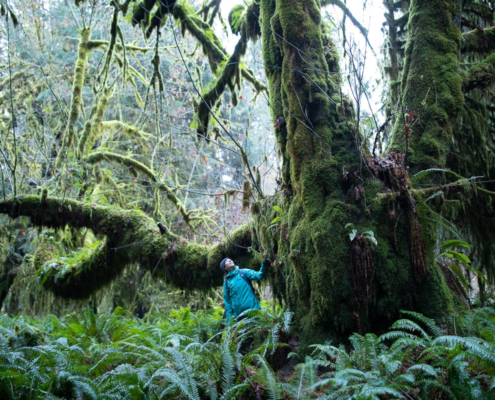
Conservationists want protection on ‘Canada’s most magnificent’ old-growth forest
Read this Canadian Press article about the magnificent Mossome (short for 'mossy' and 'awesome') Grove featured in the Globe and Mail, National Post, and the Toronto Star.
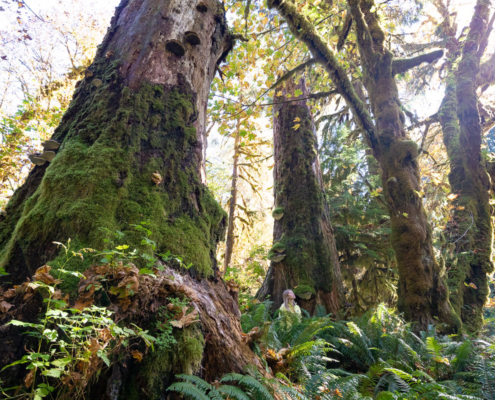
Mossome Grove: ‘One of the most beautiful’ forests on Earth
Read this Times Colonist article about the spectacular Mossome Grove, located near Port Renfrew in Pacheedaht territory on Vancouver Island. The 13-hectare grove (not six hectares, as stated in the article) of remarkable old-growth rainforest features near-record-sized Sitka spruce and bigleaf maple trees.
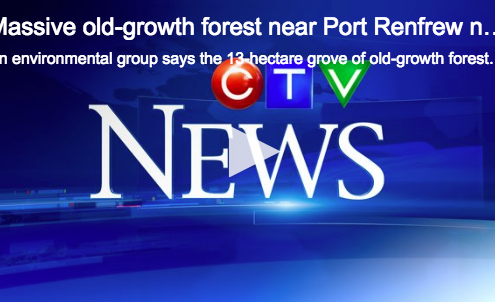
Old-growth forest near Port Renfrew needs protection, group says
Watch this CTV piece about Mossome Grove, located by conservationists from the Ancient Forest Alliance and Endangered Ecosystems Alliance in October
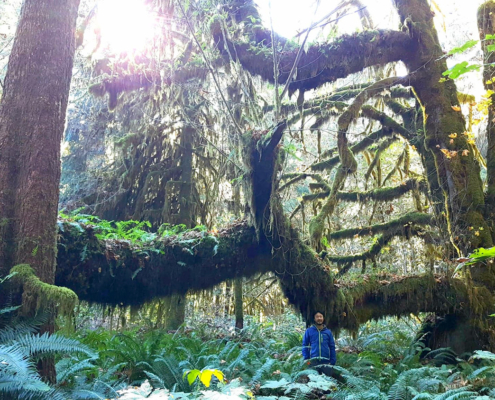
B.C. ancient tree lovers unveil ‘Mossome’ grove as part of bid for new protections
Read this CBC News article about the magnificent, Mossome Grove, found on Vancouver Island near Port Renfrew.
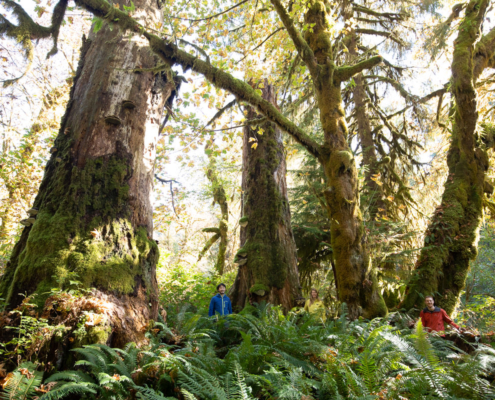
Conservation groups discover ancient old-growth forest near Port Renfrew: Grove home to record-size Sitka spruce and bigleaf maple trees
Check out this Sooke News Mirror article about Mossome Grove, a spectacular, unprotected grove of near-record-sized Sitka Spruce and giant, moss-covered bigleaf maples on Vancouver Island. Note that the AFA and Endangered Ecosystems Alliance did not 'discover' the grove, but were the first to identify and recognize the area for its conservation value.
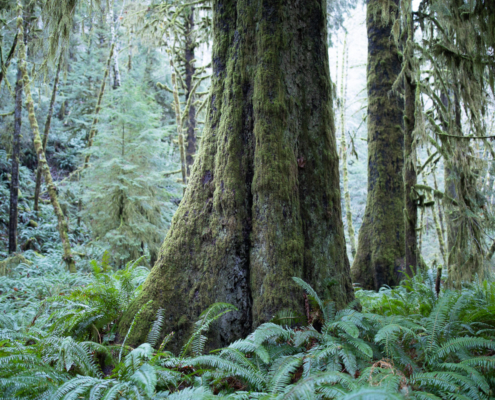
Push is on to protect Mossome Grove
My Campbell River Now article about the magnificent "Mossome Grove" recently located by campaigners from the AFA and Endangered Ecosystems Alliance near Port Renfrew in Pacheedaht territory on Vancouver Island.
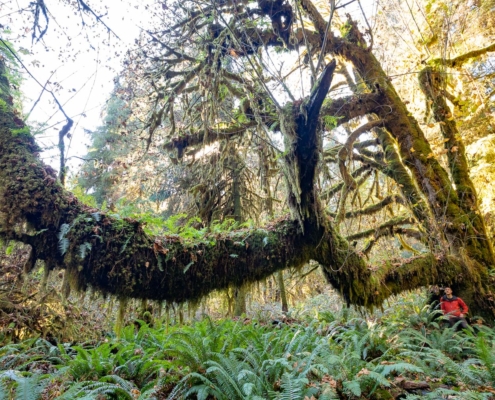
Conservationists locate what may be Canada’s most magnificent and photogenic old-growth forest on Vancouver Island
Conservationists in British Columbia have recently located what may very well be the most magnificent and awe-inspiring old-growth forest in the country on Vancouver Island. The spectacular, largely unprotected grove, with several near record-size trees, highlights the need for new policies by the BC government to protect BC’s biggest trees, grandest groves, and old-growth forest ecosystems.
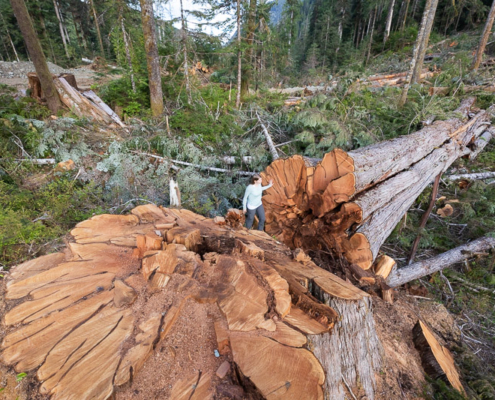
Nothing has changed in BC forestry practices under the NDP government.
Check out this article by Briony Penn in Focus On Victoria about the appalling lack of action by the NDP government on old-growth forest protection and forestry reform.
